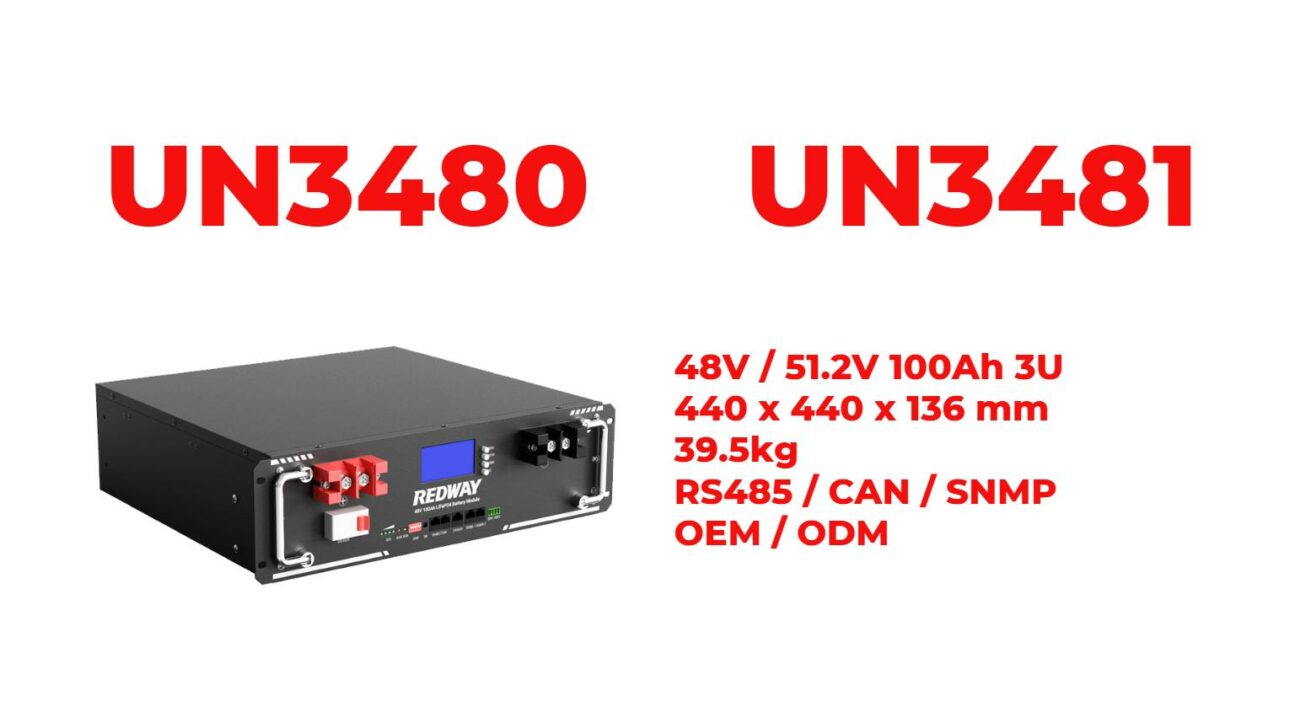Should a Heated Jacket Be Tight?
The fit of a heated jacket is crucial for its effectiveness and comfort. A snug fit is generally recommended as it enhances heat retention and distribution, ensuring that warmth is efficiently transferred to your body. However, personal preference and intended use should also guide your choice between tight or loose fits.
Why is the fit important for a heated jacket?
The fit of a heated jacket directly impacts its performance. A well-fitted jacket ensures that heating elements are in close contact with your body, maximizing warmth and minimizing cold air infiltration. Conversely, an ill-fitting jacket can lead to gaps that allow heat to escape, reducing overall effectiveness.
| Fit Type | Impact on Performance |
|---|---|
| Tight | Maximizes heat retention |
| Loose | May allow cold air in |
What are the benefits of a tight-fitting heated jacket?
A tight-fitting heated jacket offers several advantages:
- Enhanced Heat Transfer: A snug fit allows for better contact between your body and the heating elements, leading to more effective warmth distribution.
- Improved Insulation: It minimizes air gaps, helping to trap body heat and prevent cold drafts from entering.
- Increased Mobility: Contrary to what one might think, many modern heated jackets are designed to be flexible, allowing for freedom of movement without feeling bulky.
These benefits make tight-fitting jackets ideal for high-intensity activities or extreme cold conditions.
| Benefit | Description |
|---|---|
| Enhanced Heat Transfer | Better contact with heating elements |
| Improved Insulation | Traps body heat effectively |
| Increased Mobility | Allows freedom of movement |
How does a tight fit affect heat retention and distribution?
A tight fit significantly enhances both heat retention and distribution:
- Heat Retention: By reducing gaps between the jacket and your body, less heat escapes, keeping you warmer for longer periods.
- Heat Distribution: Close contact ensures that warmth is evenly spread across your torso and arms, preventing cold spots.
This characteristic is particularly important in colder climates where maintaining body temperature is essential.
What factors should you consider when choosing the fit of your heated jacket?
When selecting the right fit for your heated jacket, consider these factors:
- Intended Use: Are you using it for outdoor sports or casual wear? Different activities may require different fits.
- Layering Needs: If you plan to wear layers underneath, you might opt for a slightly looser fit.
- Body Type: Different brands may have varying sizing charts; always consult these before purchasing.
Taking these factors into account will help ensure that you choose a jacket that meets your comfort and functionality needs.
How does layering impact the fit of a heated jacket?
Layering can significantly influence how tight or loose your heated jacket should be:
- Base Layer Considerations: If wearing as a base layer, opt for a snug fit to ensure efficient heat transfer.
- Outer Layer Considerations: If layering over other garments, choose a looser fit to accommodate additional clothing without restricting movement.
Ultimately, understanding how you plan to wear the jacket will guide your choice in fit.
| Layering Scenario | Recommended Fit |
|---|---|
| Base Layer | Tight |
| Over Other Garments | Loose |
What are the potential downsides of a tight-fitting heated jacket?
While there are many benefits to a snug fit, there are also potential downsides:
- Restriction of Movement: If too tight, it may limit mobility during physical activities.
- Discomfort: A very snug fit can lead to discomfort or chafing, especially during extended wear.
- Breathability Issues: Tight jackets may not allow for adequate airflow, leading to overheating during high-intensity activities.
Balancing snugness with comfort is essential when selecting your heated jacket.
Industrial News
The heated apparel market continues to evolve with advancements in technology and design. Manufacturers are increasingly focusing on creating jackets that not only provide warmth but also prioritize comfort through better fits and materials. Innovations include breathable fabrics that enhance mobility while maintaining insulation properties. As consumer demand grows for multifunctional outdoor gear, brands are adapting their designs to meet these needs effectively.
Expert Views
“Choosing the right fit for your heated jacket is crucial,” states an industry expert. “A snug fit can significantly enhance warmth retention and mobility but should not sacrifice comfort. It’s essential to find that balance based on how you plan to use the jacket.” This insight emphasizes the importance of personal preference alongside functional requirements when selecting heated apparel.

